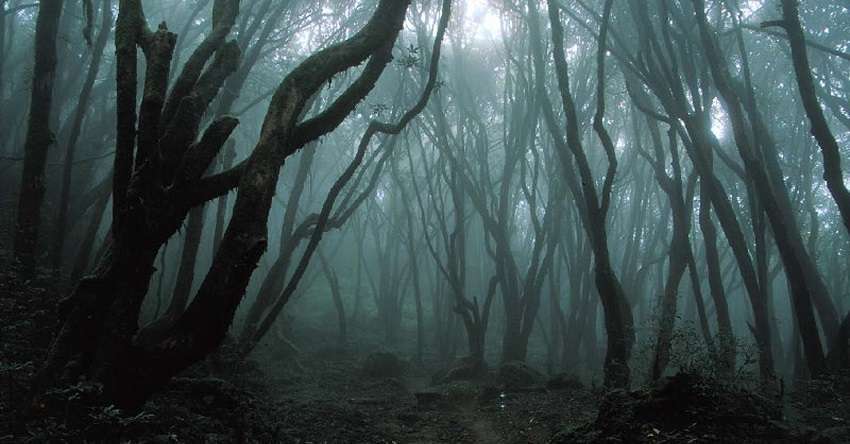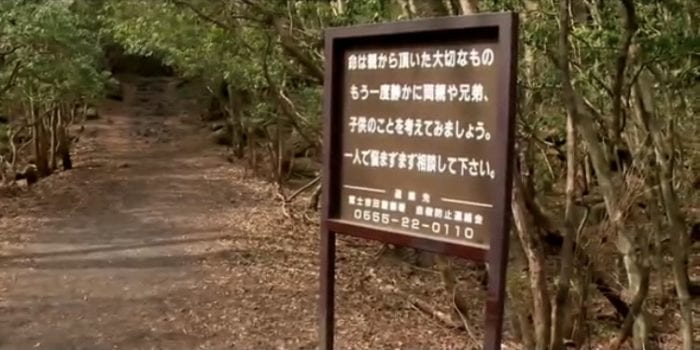


They call it "the forest of suicides", it is located at the foot of Mount Fuji. The dense vegetation, consisting mainly of cypresses, oaks and shrubs including the Japanese snow flower, makes it particularly silent.

But its notoriety in Japan and abroad is mainly due to the very high suicide rate: Aokigahara is in third place in the world after the Golden Gate Bridge in San Francisco, in the United States and the Bloor Street viaduct in Toronto for the number of people who take their own lives.

About 30 suicides a year have occurred here since 1950, and the number has grown in recent years, so much so that officials managing the forest have placed signs in English and Japanese to invite those who come here to stop asking. help to specialists.

In 2010, 247 people attempted to take their own lives here, either by overdosing on drugs or by hanging.
Since 1970 a special patrol made up of police officers, volunteers and journalists has been set up to search for the bodies, but in recent years the government has decided not to disclose the statistics in an attempt not to further damage the image of the place.

The "forest of suicides" is at the center of the film entitled "The Forest", released in the United States in January 2014. But its notoriety has more distant origins, in 1960 the novel "Nami no t?" by Seich? Matsumoto tells the story of story of two lovers who commit suicide in the forest.
The forest of suicides - Aokigahara
Address: Narusawa, Fujikawaguchiko, Minamitsuru District
Phone: +812082172820
Site:
Location inserted by
CHO.earth